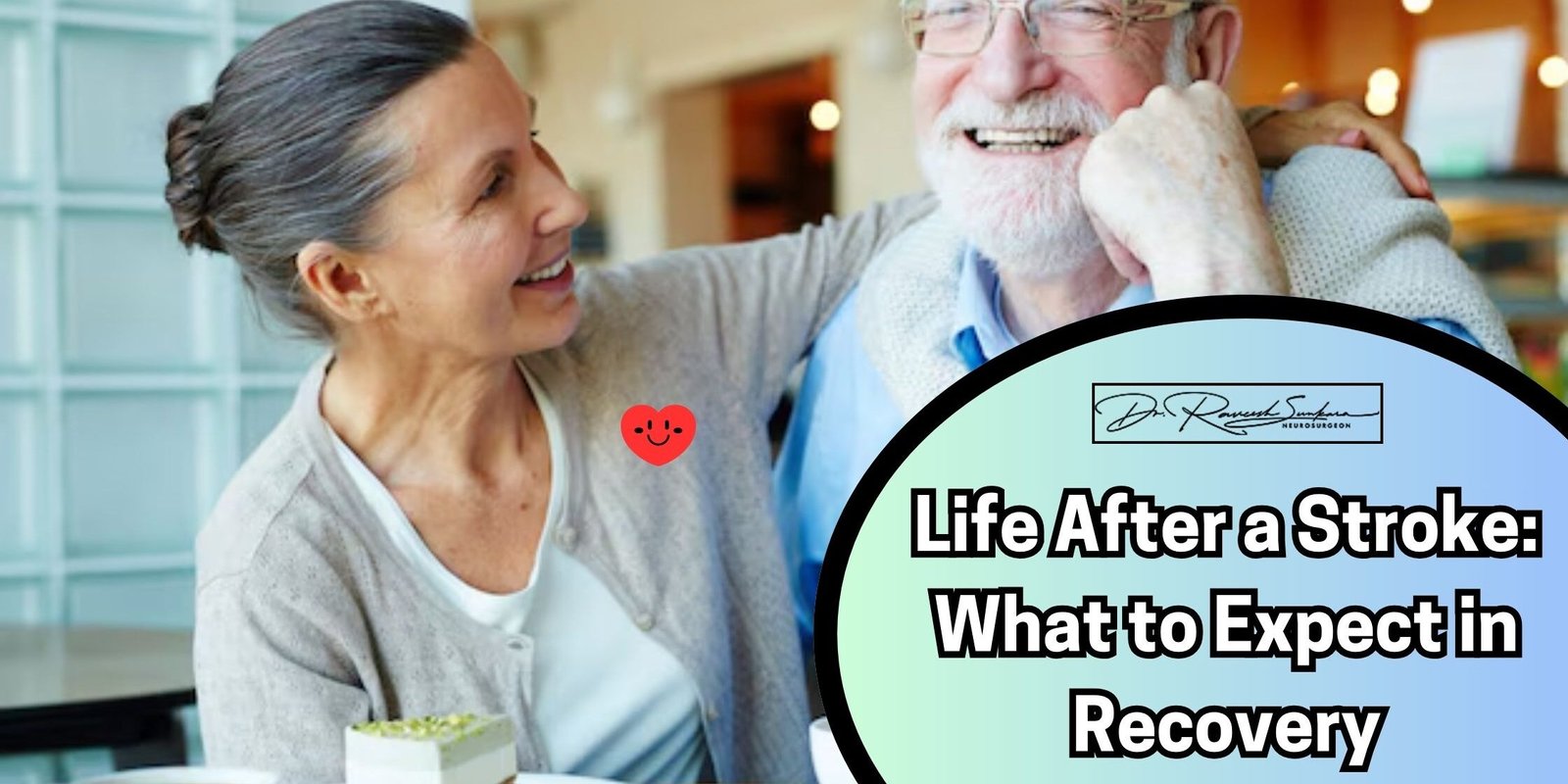Do you know that millions of people worldwide suffer from Life After a Stroke annually? While this is a fact boosted by medical science, the majority of patients suffer from complications in the recovery phase. The recovery phase following a stroke varies from person to person, but with proper treatment and lifestyle change, survivors can lead a better life.
Stroke recovery depends on various factors. But if you are looking for the best-trusted support, Neurosurgery hospitals in Hyderabad offer advanced treatment under the eye of professionals.
That said, to understand the recovery process and lead a healthier life stay tuned with this guide!
Knowing the Process of Stroke Recovery: Life After a Stroke
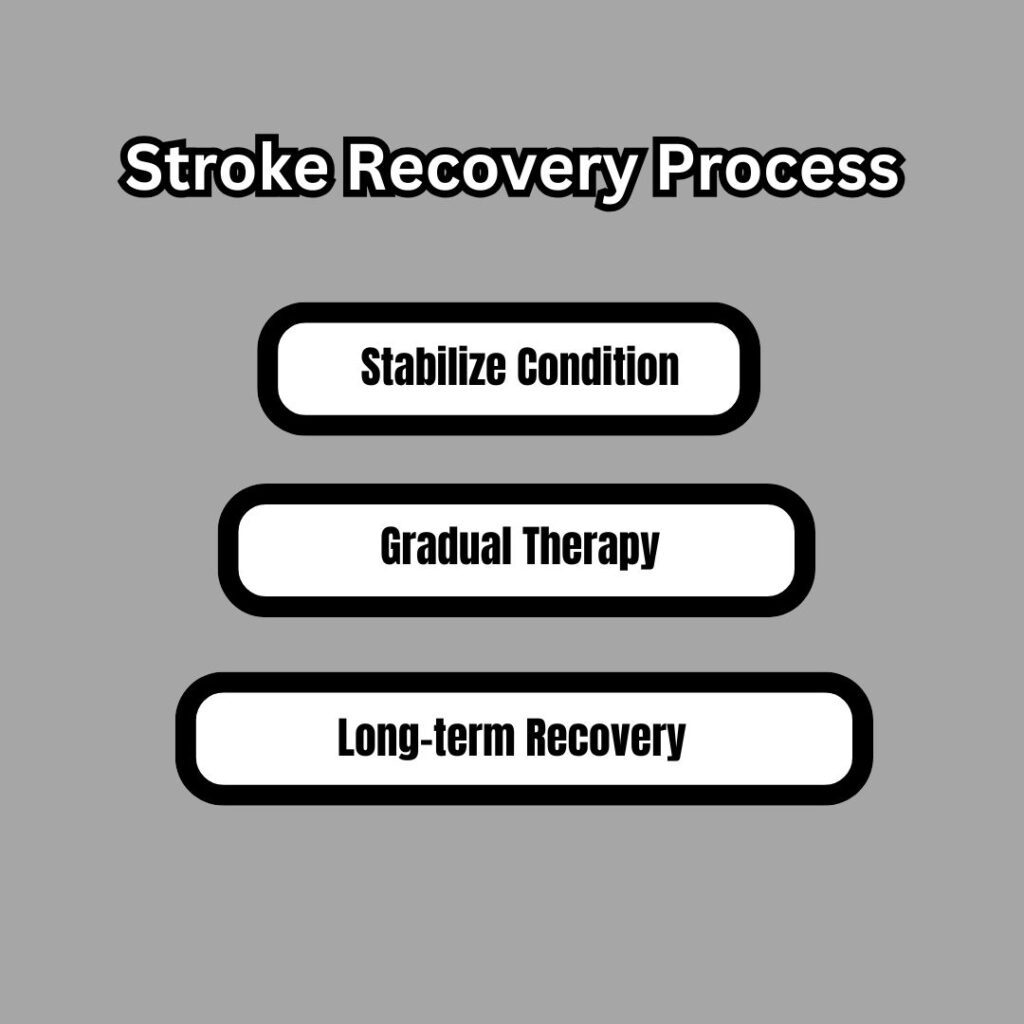
Stroke recovery happens at different levels. The body immediately heals, but healing depends on the severity of the stroke, the health of the person, and the Types of Brain Strokes they have experienced.
- The first few weeks are taken up in stabilizing the patient’s condition.
- In the following few months, therapy gradually returns lost function.
- Long-term recovery is through lifestyle change and ongoing rehabilitation.
The majority of individuals ask about what percentage of stroke patients make a full recovery. Studies show that 10% of survivors make a complete recovery. Others acquire a mild or severe disability. Early rehabilitation and continued medical treatment enhance the likelihood of an independent life.
Immediate Effects of a Stroke
The initial few hours after a stroke are critical. Doctors try to avoid brain damage and stabilize the patient. In some cases, brain swelling after a stroke can occur and can interfere with recovery as well as require emergent medical treatment. Learn more in our blog Understanding Brain Stroke Symptoms.
The patient can also experience speech deficiency, memory loss, or paralysis. The intensity of these complications will be determined by the part of the brain affected. d. Family members should be informed of the patient’s condition and ask doctors about treatment.
Early professional intervention can make a big difference. All you need to do is choose the skilled provider like Dr. Raveesh Sunkara. Up-to-date treatment, medication, and therapy are important at the early stage of recovery.
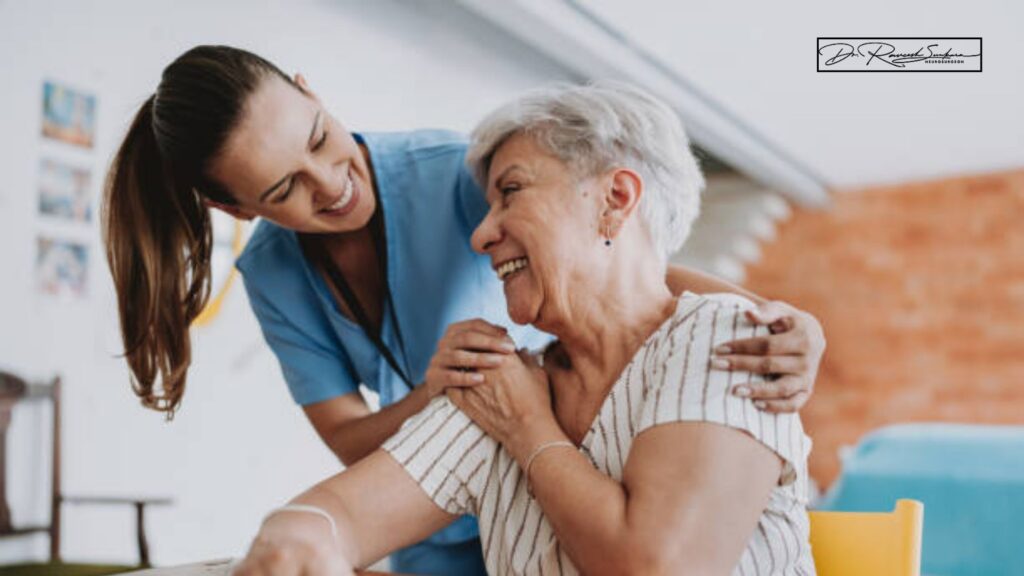
Rehabilitation and Therapy
Rehabilitation begins after hospital discharge. The aim is to restore stroke survivors to independence using structured therapies.
- Physical therapy supports mobility.
- Occupational therapy assists in day-to-day activities such as dressing and eating meals.
- Speech therapy treats those suffering from communication disorders.
Recovery from paralysis after a stroke is possible with perseverance. Some patients recover in weeks, whereas others recover in years. Tailored rehabilitation treatment provided by seasoned experts can actually bear fruit.
Hopes for a Full Recovery
Every stroke patient heals differently. Some regain lost functions in a matter of months, and others work with therapists for years.
The chances of recovery from stroke paralysis depend on the age, health, and brain injury severity. The earlier one starts rehabilitation, the greater the chances of recovery. Physicians observe for recovery and adjust therapy accordingly.
Caregiver and health care worker assistance is necessary. Encouragement, patience, and proper care allow stroke survivors to regain motivation and build confidence.
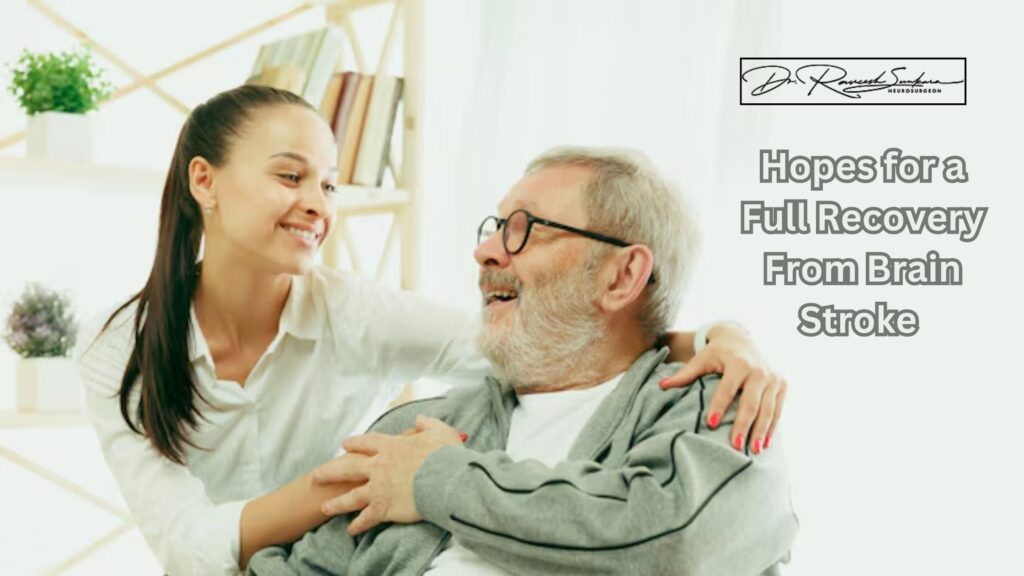
Long-Term Stroke Recovery Process
Recovery is not over once therapy is done. Most survivors experience new challenges in adjusting to everyday life. Adjusting to physical limitations, coping with emotions, and remaining active, each of these represents a major component of long-term healing.
Stroke recovery after 2 years is different for everyone. Some keep improving, while others require continuous therapy. Following the doctor’s suggestions and guidelines with a healthy lifestyle can help you a lot in your recovery process.
Lifestyle changes such as healthy eating, yoga, and stress management techniques may result in long-term health. In fact, Neurological therapists assist stroke survivors in making these changes effectively while addressing Brain Stroke Causes to prevent future risks.
Supportive Medical Attention
Good medical care is necessary during the recovery stage of a stroke. Most hospitals have treatment plans for different patients.
- Advanced neurosurgical procedures help manage stroke complications.
- Experts provide individualized care plans for long-term recovery.
- Support groups and counseling help to heal emotions.
In cities like Hyderabad, dedicated stroke rehabilitation centers offer the best stroke rehabilitation care. With highly skilled doctors and state-of-the-art facilities, neurosurgery hospitals in Hyderabad enhance the recovery rate of stroke survivors.
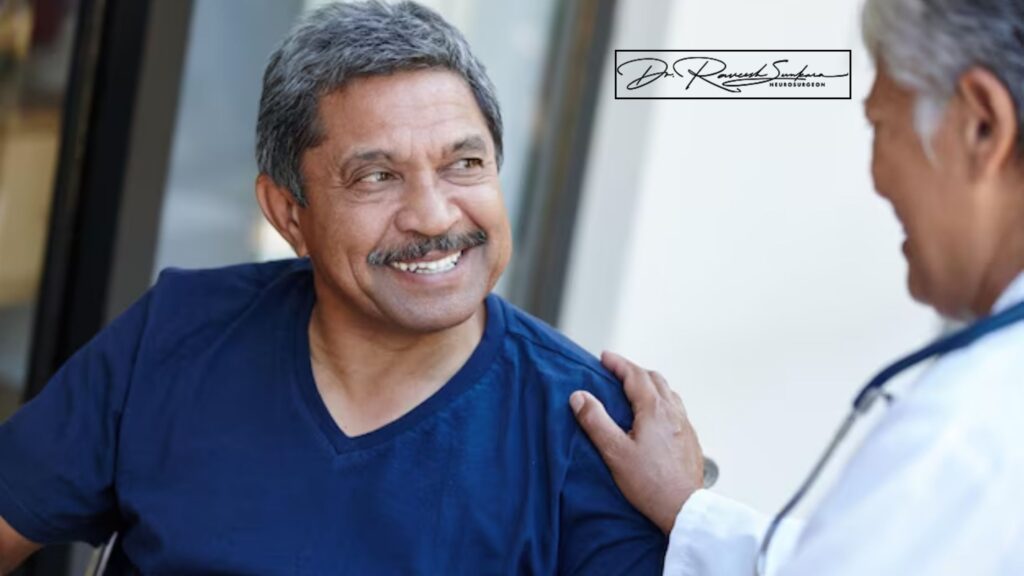
Quality of Life and Life Expectancy After a Stroke
Everyone desires to know what the future after a stroke will be for them. The life expectancy after stroke at 60 depends on overall health, health care, and lifestyle modifications. Individuals who keep their health in good condition can lead healthy lives.
For elderly patients, life expectancy after stroke at 70 and life expectancy after stroke at 80 is dependent on treatment and follow-up. With proper care, most stroke survivors live actively for many years.
Stroke survivors should adhere to medical advice and adopt lifestyle changes. Frequent visits to experts guarantee a good quality of life.
Practical Tips for Stroke Recovery
Stroke rehabilitation involves commitment and persistence. Some of the key milestones on how to recover from paralysis and overall well-being are as follows:
- Adhere to a scheduled program of rehabilitation formulated by physicians.
- Be physically active through safe exercises as advised by therapists.
- Engage in social activities to support mental well-being.
- Get emotional support from therapists, caregivers, and support groups.
In this way, outcomes of recovery are enhanced, and stroke survivors become independent earlier.
Start your journey to a brighter tomorrow now!
In the end, stroke rehabilitation is challenging, but it is achievable through the right medical treatment, therapy, and lifestyle adjustment. Dr. Raveesh Sunkara offers treatments to enhance stroke rehabilitation. Expert intervention at an early point enhances the chances of restoring lost functions. If you or someone you love has had a stroke, see us to organize the best course of treatment. Life After a Stroke can be daunting, but with the right care, you can begin a brighter tomorrow on day one!
🩺 Schedule a Consultation Today!
FAQs
What is the major sign of stroke recovery?
Patients may gain mobility, enhance speech, and recover memory in the first few weeks. After all, rehabilitation accelerates progress.
Can stroke survivors live a normal life?
Many survivors return to their basic routine with proper medical care and therapy. Early intervention increases recovery chances.
For how long does paralysis persist following a stroke?
It’s unique. Some recover function in weeks, and some recover in months or years. Continued therapy improves outcomes.
What are the most effective stroke rehabilitation treatments?
Physical therapy, occupational therapy, and speech therapy are also required to recover lost functions.
Is complete stroke recovery possible?
Although some of them recover completely, others may have lasting effects. Complete recovery is more probable with treatment and early rehabilitation.

